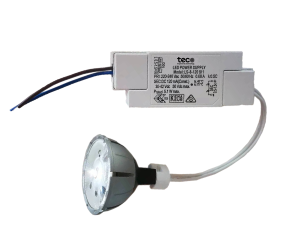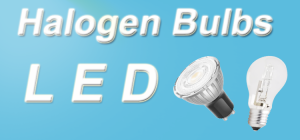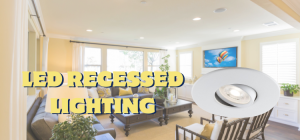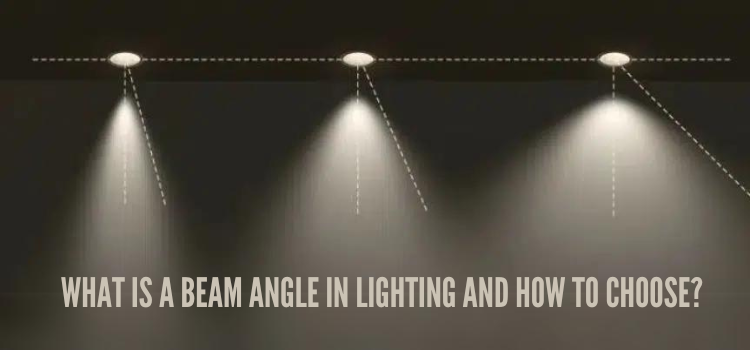
What Is a Beam Angle?
A beam angle in lighting refers to the angle at which light is distributed or emitted from a light source. Measured in degrees, the beam angle determines how wide or narrow the light spreads out from the fixture. A smaller angle results in a more focused beam of light, suitable for highlighting specific objects, while a larger angle offers broader illumination.
Why Is Beam Angle so Important?
The importance of beam angle lies in its ability to control the distribution and intensity of light in a space. Different settings require different types of lighting; for instance, a gallery might need narrow beams to spotlight artworks, whereas a living room would benefit from wider beams for general illumination. The right beam angle enhances the functionality of the space, improves aesthetics, and can even influence mood and perceived room size.
How do you Measure Beam Angle?
Beam angle is measured in degrees using a photometer placed directly in front of the light source. As the light is emitted, the device measures the angle at which the intensity of the light drops to 50% of its maximum brightness. This measurement helps determine how the light will disperse in a particular area.
Beam Angle Choosing Criteria
Choosing the correct beam angle involves considering several factors:
- Purpose of the lighting: Determine whether the space needs accent, task, or general ambient lighting.
- Size and height of the room: Larger and taller spaces may require lights with wider beam angles to adequately fill the area with light.
- Distance from the target area: Lights placed farther away from the target surface may need a narrower beam to maintain focus and intensity.
Which Beam Angle Should You Choose?
- Narrow Beam Angles (15°-25°) are perfect for accent lighting, creating focal points in art displays or architectural details.
- Medium Beam Angles (35°-45°) offer a balance, suitable for task lighting over kitchen islands or office desks where detail-oriented activities are performed.
- Wide Beam Angles (60° or more) are ideal for general ambient lighting in residential living spaces, providing even light distribution that reduces shadows and enhances overall visibility.
Real-Life Examples of Beam Angles
- Accent Lighting: A museum uses 20° beam angles to spotlight ancient sculptures, ensuring they are the visual focus without the light spilling over onto nearby displays.
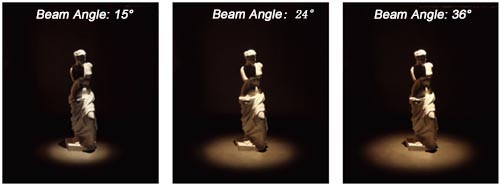
- Task Lighting: A home office is equipped with 40° beam angle lamps over the desk to provide sufficient light for reading and writing, minimizing eye strain.
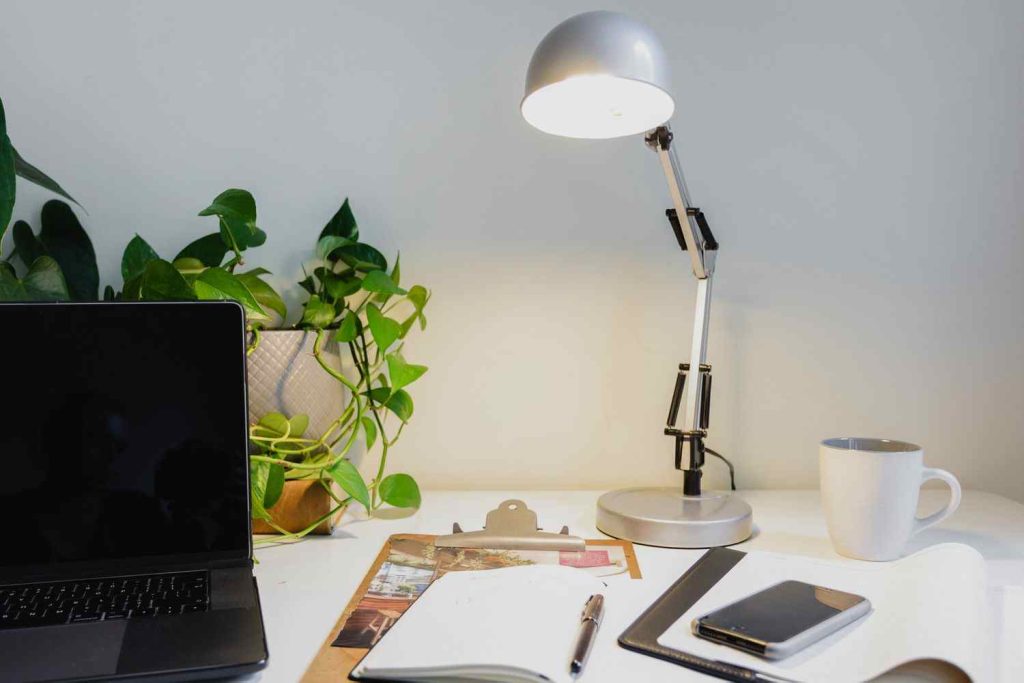
- Ambient Lighting: A community hall employs 120° beam angle fixtures to illuminate the space evenly, creating a welcoming environment for large gatherings.
Conclusion
Choosing the right beam angle is crucial for effective lighting design. It not only impacts the functionality and atmosphere of a space but also plays a significant role in energy efficiency and visual comfort. By understanding the specific needs of a space and applying the appropriate beam angles, one can dramatically enhance the quality of light and the overall experience within any given environment. Whether it’s creating drama through accent lighting or ensuring comfort with ambient light, the correct beam angle makes all the difference.

